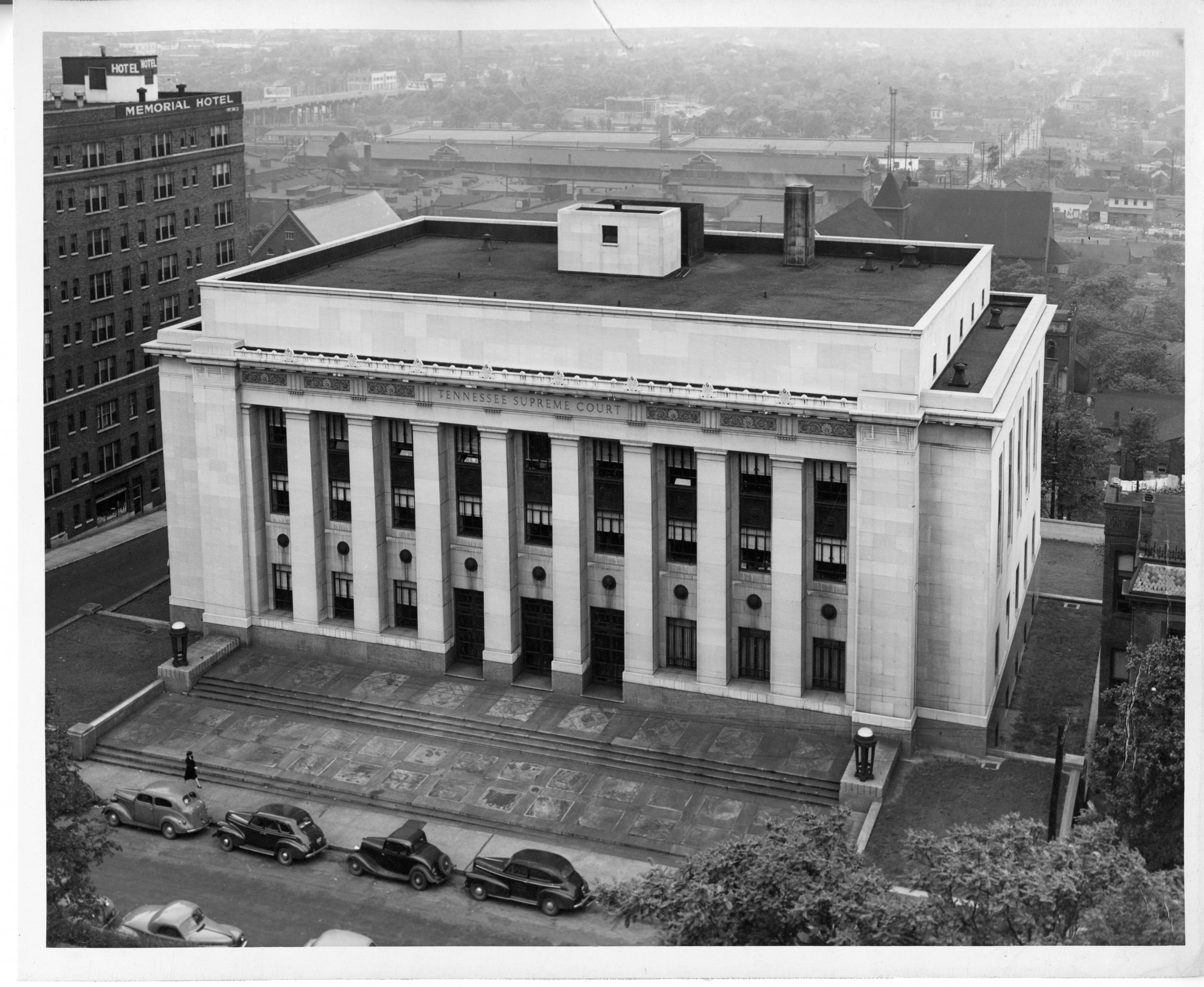The TNCourts website launched a new history and milestones feature today in honor of Tennessee's 225th anniversary of statehood. The multimedia elements review the court system's history dating back to the early days of statehood in 1796 through the present. The material also includes many "firsts" and features two special graphics on Black history and women's history in the state courts. Other interesting facts:
- The original Tennessee constitution did not include a judicial branch. Instead, the three-person Superior Court was both a trial and appellate court with judges selected by the legislature, which hand-selected justices until 1853 when voters ratified an amendment requiring the popular election of all Supreme Court and lower court judges.
- Circuit courts date back to 1809 and originally heard "all matters of common law and in equity."
- "Equity" claims were often treated differently in the early years of statehood, and chancery courts were created in the 1835 constitution. Tennessee is one of only five states to still have equity courts today.
- The juvenile court system was established in 1911
- The "Shelbyville Square" courthouse design, featuring the courthouse in the center of a town square with roads for merchants and businesses surrounding the square was created in 1810. The design was duplicated across the state as well as the Southeast and Midwest. Every Tennessee county has a central courthouse, however, in some counties all or some court business has moved to other buildings.
- Judge Grafton Green, who served from 1910 to 1946, is the Supreme Court's longest serving member. He is also the longest serving chief justice, serving from 1923 to 1947.
- Judge Adolpho A. Birch, Jr. is the state's only judge to serve at every court level - general sessions, trial, intermediate appellate, and supreme court. He was first appointed as the state's first Black general sessions judge in 1969. In 1978, he was appointed to the 20th Judicial District Criminal Court. In 1987, he takes a seat on the Court of Criminal Appeals. In 1993, he is elected to the Tennessee Supreme Court, and he becomes chief justice in 1996.
Want to learn more? Visit: www.tncourts.gov/history

